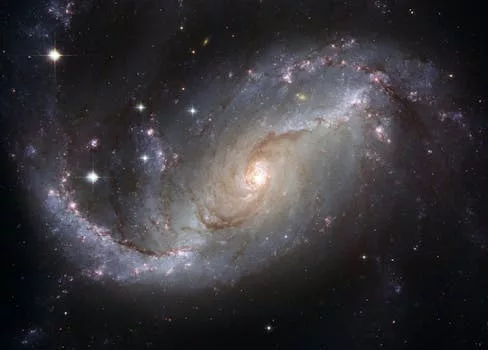
“
From Stardust to Dreams: Imagining Life Beyond the Stars
Introduction to the Cosmos
From Stardust to Dreams: Imagining Life Beyond the Stars. The universe has always been a source of fascination and wonder for humans. From the early civilizations that gazed up at the night sky to the modern-day space explorers, we have been driven to understand the mysteries of the cosmos. The formation of stars, the birth of planets, and the possibility of life beyond our own are just a few of the many questions that have puzzled scientists and philosophers for centuries.
The universe is vast and complex, made up of billions of galaxies, each containing billions of stars. The stars are the building blocks of the universe, and their formation is a crucial part of the cosmic cycle. The process of star formation begins with the collapse of a giant molecular cloud, which eventually gives rise to a protostar. As the protostar collapses, it begins to spin faster and faster, causing it to flatten into a disk shape. At the center of this disk, a star is born, surrounded by a swirling cloud of gas and dust.
The Search for Life Beyond Earth
The search for life beyond Earth is an ongoing and intriguing area of research. Astronomers use a variety of methods to search for life, including the detection of biosignatures, such as the presence of oxygen or methane in a planet’s atmosphere. They also search for planets that are located in the habitable zone of their star, where the temperatures are just right for liquid water to exist.
One of the most promising areas of research is the study of exoplanets, which are planets that orbit stars other than the Sun. Thousands of exoplanets have been discovered so far, and many of these planets are believed to be located in the habitable zone of their star. The discovery of exoplanets has opened up new possibilities for the search for life beyond Earth and has raised hopes that we may one day find evidence of extraterrestrial life.
The Possibility of Extraterrestrial Life
The possibility of extraterrestrial life is a topic of ongoing debate and research. While there is currently no conclusive evidence of the existence of extraterrestrial life, there are many reasons to believe that the probability of life existing elsewhere in the universe is quite high. The discovery of exoplanets and the detection of biosignatures in the atmospheres of some of these planets are just a few of the many hints that suggest we may not be alone in the universe. For more insights, check out Soaring Through the Cosmos: The Power of Imagination Beyond the Stars.
Takeaways:
- The universe is vast and complex, made up of billions of galaxies, each containing billions of stars.
- The formation of stars is a crucial part of the cosmic cycle, and the search for life beyond Earth is an ongoing area of research.
- The discovery of exoplanets has opened up new possibilities for the search for life beyond Earth and has raised hopes that we may one day find evidence of extraterrestrial life.






